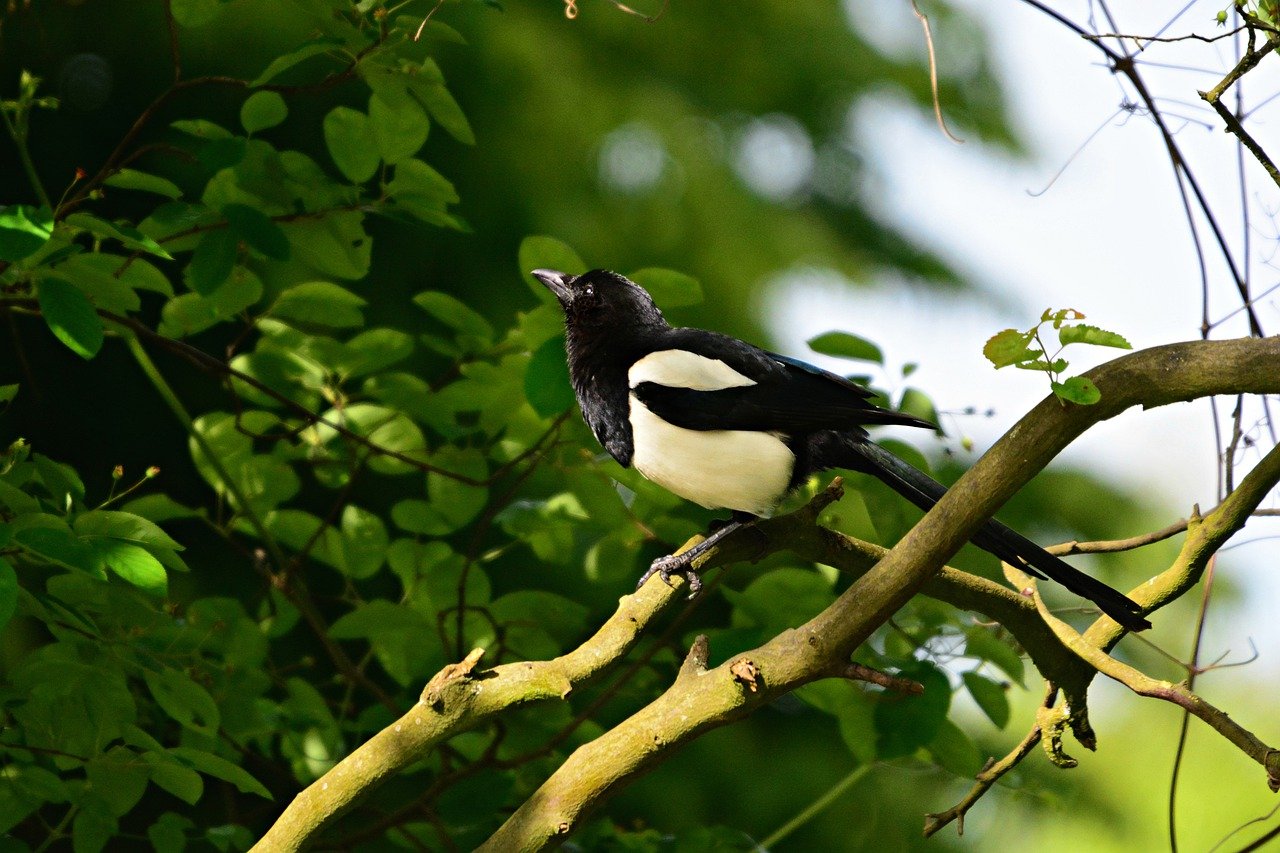Revirtäthet och boplatsval av skata Pica pica i olika typer av urbana miljöer
DOI:
https://doi.org/10.34080/os.v19.22659Nyckelord:
habitatval, val av boplats, botäthet, urbaniseringAbstract
The breeding population of Magpie Pica pica was censused in a 200 hectare surburban area (Vårberg) in the south-west part of Stockholm in 2007. The area was divided into four different zones to evaluate the effect of different types of urban settings. A total of 113 nests were found, and density differed significantly between zones. The density of breeding Magpies was 9 pairs/km2 in a zone with no buildings (“natural” habitats). In a zone with detached and terraced houses the density was 53 pairs/km2. In a zone with apartment buildings less than four stores high the density was 81 pairs/km2. This was the highest density, close to tenfold the density found in the zone without buildings. In a zone with tall buildings exceeding three stores, the density was 66 pairs/km2. The nests were generally placed higher up in the trees in the zone with natural habitats than in the zones with buildings. Nests were found in 16 different species of trees with pine and whitebeam being the most frequent ones, but no single favourite could be detected.
Nedladdningar

Downloads
Publicerad
Referera så här
Nummer
Sektion
Licens
Författaren/författarna innehar copyright för varje enskilt bidrag, men samtliga bidrag är publicerade under en Creative Commons-licens, så att vem som helst kan dela och återanvända bidraget förutsatt att copyright-innehavaren erkänns.







